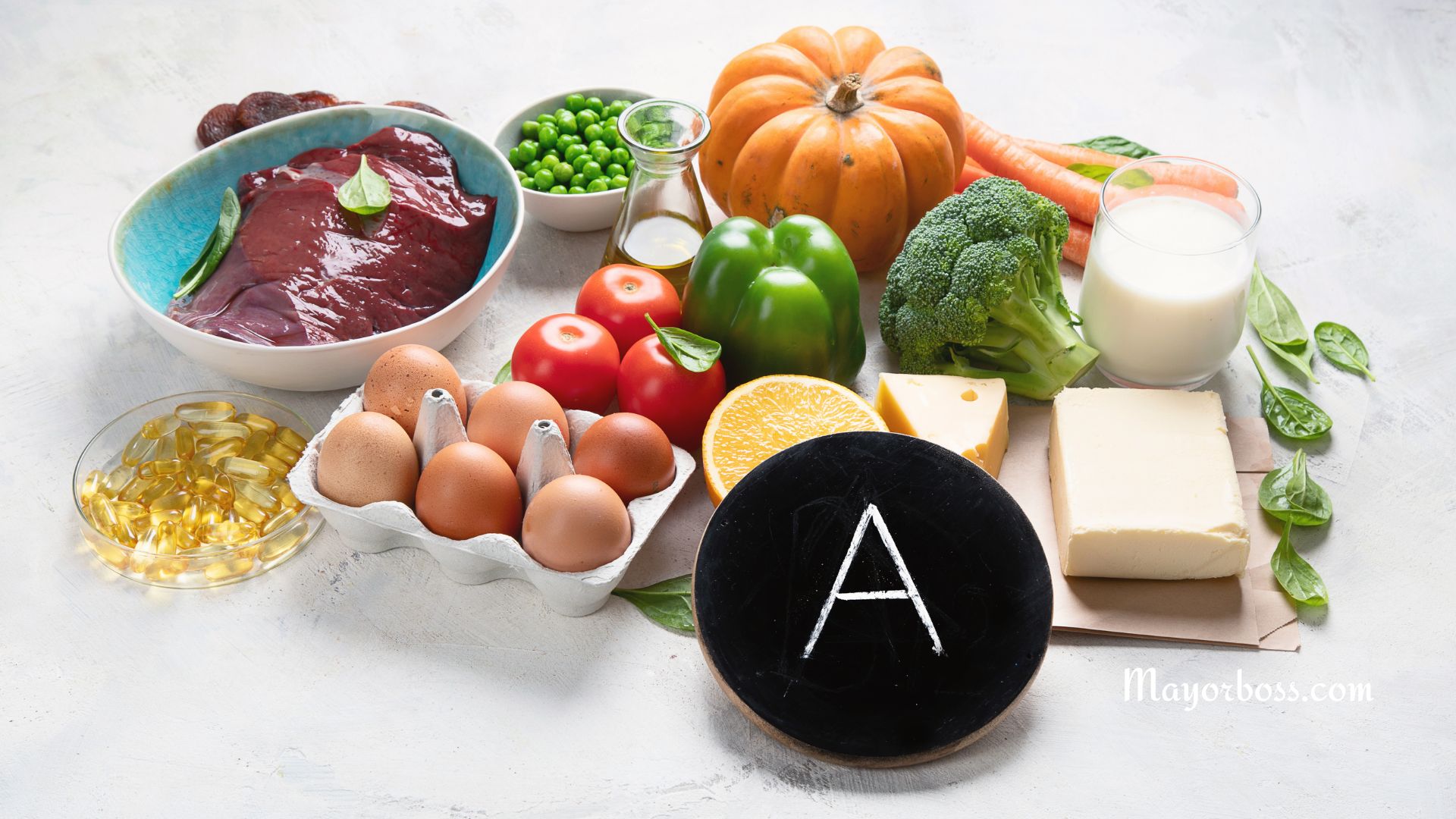What Are Whole Foods?
What are Whole Foods?
Simply put, whole foods are unprocessed or minimally processed foods that come from nature. They’re packed with nutrients, providing our bodies with the essential vitamins, minerals, and energy we need to thrive. In contrast to processed and refined foods, whole foods retain the majority of their nutritional value, making them a crucial component of a healthy diet.
Examples of whole food include fresh fruits and vegetables, grains, nuts, seeds, legumes, fish and seafood, and organic or grass-fed animal proteins.
While processed foods can be convenient and may even have some health benefits, whole foods are generally considered to be the best choice for overall health. That’s why doctors and dieticians always recommend people eat a diet rich in whole foods as a way to reduce the risk of chronic diseases, boost energy levels, control weight, and improve mental well-being.
The Health Benefits of Whole Foods
Nutrient Density
As mentioned above, one of the most significant advantages of whole foods is their nutrient density. They’re rich in vitamins A, C, D, E, K, B vitamins, calcium, potassium, magnesium, iron, zinc, iodine, and etc., that your body needs to function optimally. By choosing whole foods over processed options, you’re ensuring that you’re getting the most nutritional bang for your buck.
Fiber Content
Whole foods are an excellent source of dietary fiber. Found in whole grains, fruits, vegetables, legumes, and nuts, fiber helps maintain healthy digestion and can aid in weight management. Plus, it’s been shown to reduce the risk of chronic diseases like heart disease and type 2 diabetes.
Antioxidants and Phytonutrients
Whole foods are chock-full of antioxidants and phytonutrients, like carotenoids, flavonoids, glucosinolates, and resveratrol, natural plant compounds that protect our bodies from harmful free radicals. These compounds can help reduce inflammation, boost our immune systems, and even combat chronic diseases.
Amino Acid
Whole foods, particularly high-quality proteins, and legumes, are rich sources of essential amino acids. Amino acids are the building blocks of proteins, which your body needs for muscle growth, tissue repair, and various metabolic functions. Including a variety of whole foods in your diet ensures you get all the amino acids your body needs for optimal health.
Whole Foods Grocery List
Here’s a list of 50 whole foods to incorporate into your grocery list:
- Apples
- Spinach
- Quinoa
- Lentils
- Almonds
- Blueberries
- Broccoli
- Sweet potatoes
- Brown rice
- Chickpeas
- Salmon
- Bell peppers
- Avocado
- Chia seeds
- Kale
- Oats
- Walnuts
- Beets
- Carrots
- Greek yogurt (unsweetened)
- Edamame
- Flaxseeds
- Cauliflower
- Black beans
- Chicken breast (skinless)
- Kiwi
- Pumpkin seeds
- Strawberries
- Tofu
- Farro
- Tomatoes
- Mangoes
- Raspberries
- Barley
- Pecans
- Pineapple
- Swiss chard
- Bulgur
- Green beans
- Squash
- Mackerel
- Wild rice
- Turmeric
- Eggplant
- Cottage cheese (low-fat)
- Sunflower seeds
- Artichokes
- Red lentils
- Shiitake mushrooms
- Fresh herbs (e.g., basil, cilantro, parsley)
These whole foods offer a wide range of flavors, textures, and nutrients. Experiment with different recipes and combinations to enjoy the full spectrum of health benefits that whole foods provide.
Incorporating Whole Foods into Your Diet
Now that we know all about whole foods let’s explore how to make them a staple in our daily meals.
Shopping Smart
When shopping for groceries, focus on the perimeter of the store, where you’ll typically find the freshest, whole food options. Opt for fresh fruits and vegetables, high-quality proteins, whole grains, and low-fat dairy products. Don’t be afraid to experiment with new ingredients and try out different varieties of your favorite whole foods.
Cooking at Home
Cooking at home allows you to control the quality of ingredients and the level of processing in your meals. Start by replacing processed foods with whole food alternatives, like swapping out white rice for brown rice or quinoa. Gradually incorporate more whole foods into your recipes, and soon, you’ll be a whole-food cooking pro!
Meal Planning
Planning your meals in advance is an excellent way to ensure you’re consistently eating whole foods. Create a weekly menu that incorporates a variety of fruits, vegetables, whole grains, lean proteins, and healthy fats. This approach will make it easier to stick to a whole food-focused diet and prevent you from falling back on unhealthy, processed options.
Whole Food Meal Ideas
Breakfast
Kickstart your day with a hearty bowl of oatmeal topped with fresh berries, nuts, and a drizzle of honey. Packed with fiber, this breakfast will keep you full until lunchtime.
Lunchtime
For a nutritious lunch, try a salad loaded with colorful vegetables, grilled chicken, avocado, and a sprinkle of seeds. This delicious meal provides an array of vitamins, minerals, and healthy fats.
Dinner
A whole-food dinner could be as simple as grilled fish, steamed vegetables, and a side of quinoa. This nutrient-dense meal delivers protein, healthy fats, and essential vitamins and minerals.
Final Thoughts on Whole Foods
Incorporating whole foods into your daily meals can provide numerous health benefits, from improved digestion to reducing your odds of chronic diseases. So go ahead and embrace the power of whole foods – your body will thank you!






